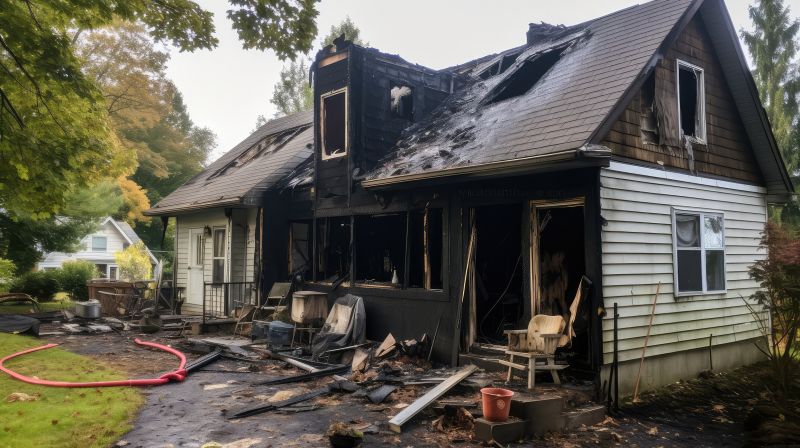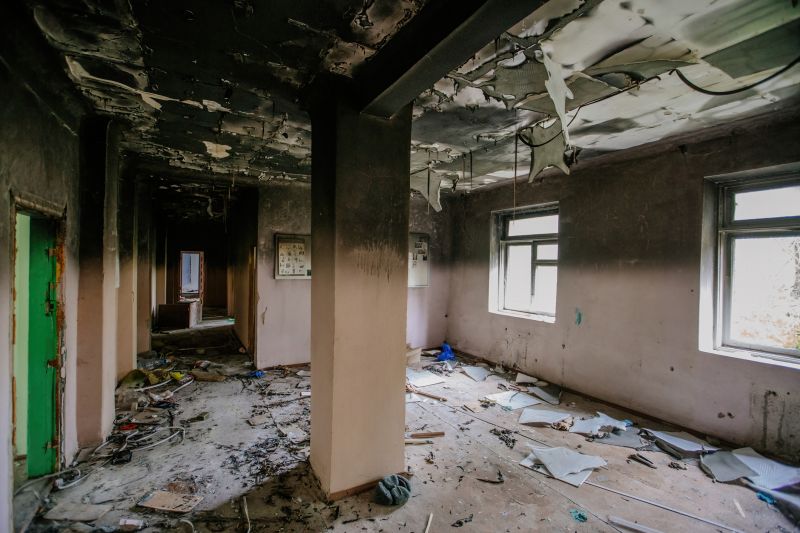Optimal Timing for Fire Restorations
Determining the optimal time for fire restorations depends on several factors including weather conditions, fire season activity, and property readiness. Typically, the most effective window is during periods of low fire risk and stable weather, which allows for comprehensive cleanup and repairs without interruption.
Late fall and early winter often provide favorable conditions for fire restoration projects due to lower temperatures and reduced fire activity.
Dry, calm days are ideal for fire restorations, minimizing delays caused by rain or wind.
Post-fire season months are suitable for restoration work, once the risk of active fires diminishes.
Choosing a time when access to affected areas is unobstructed ensures efficient restoration processes.

Initial evaluation of fire-affected structures helps plan timely restorations.

Specialized tools are used during optimal weather conditions for efficiency.

Removing debris and soot is most effective when performed in dry weather.

Ways to make Fire Restorations work in tight or awkward layouts.

Popular materials for Fire Restorations and why they hold up over time.

Simple add-ons that improve Fire Restorations without blowing the budget.
| Factor | Optimal Timing |
|---|---|
| Fire Season Activity | Post-fire season months |
| Weather Conditions | Dry and calm days |
| Property Accessibility | Off-peak periods |
| Community Coordination | During low fire risk periods |
| Environmental Factors | Late fall to early winter |
Fire restorations involve a comprehensive process of assessing damage, removing debris, cleaning soot and smoke residues, and repairing structural elements. Effective restoration reduces long-term risks and helps restore property safety and integrity. Statistics indicate that timely interventions can significantly decrease restoration costs and improve recovery outcomes.
Understanding the best timing for fire restorations ensures that projects proceed efficiently and safely. Proper planning aligns restoration efforts with favorable weather and fire activity patterns, facilitating thorough cleanup and repairs. Regular assessments and coordination with local agencies support effective response strategies.

Restoration work restoring structural integrity after a fire.

Removing residues to prevent further damage and health risks.

Rebuilding and repairing affected parts of the property.

Evaluating damage to plan effective restoration strategies.
Interested property owners can contact for more information about fire restoration services and scheduling. Proper timing and professional intervention can help mitigate damage and restore safety efficiently.


